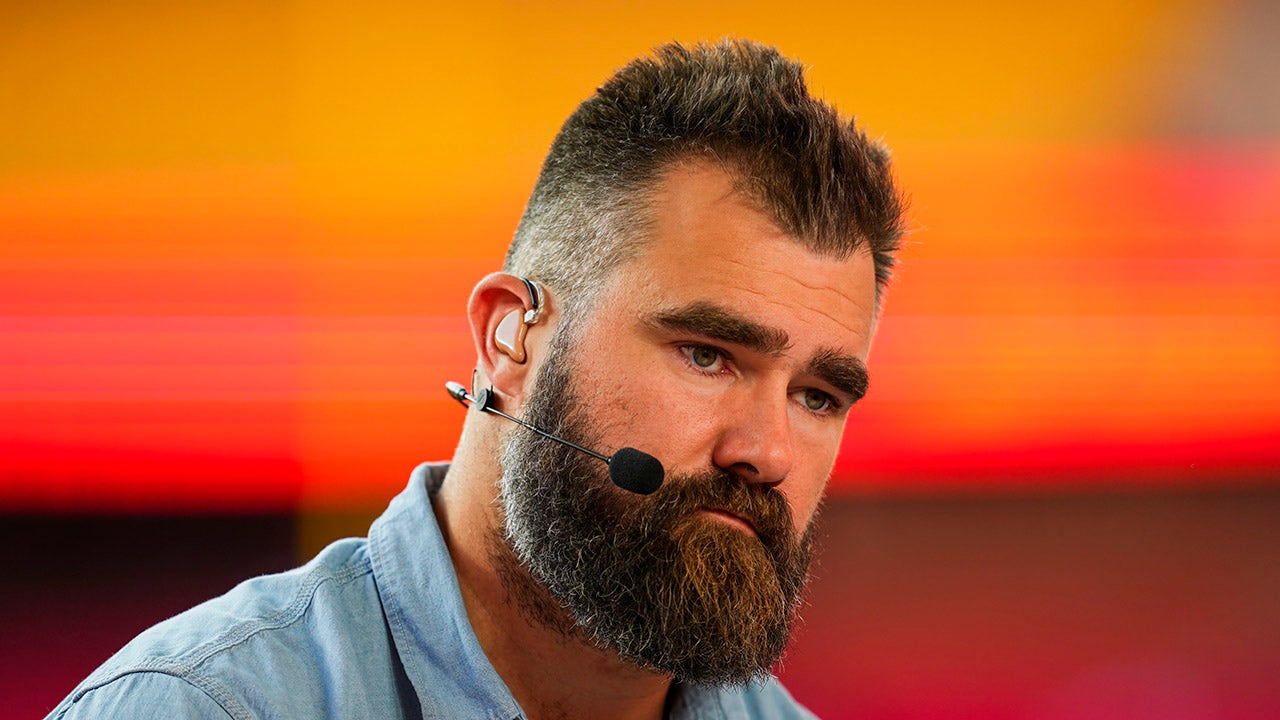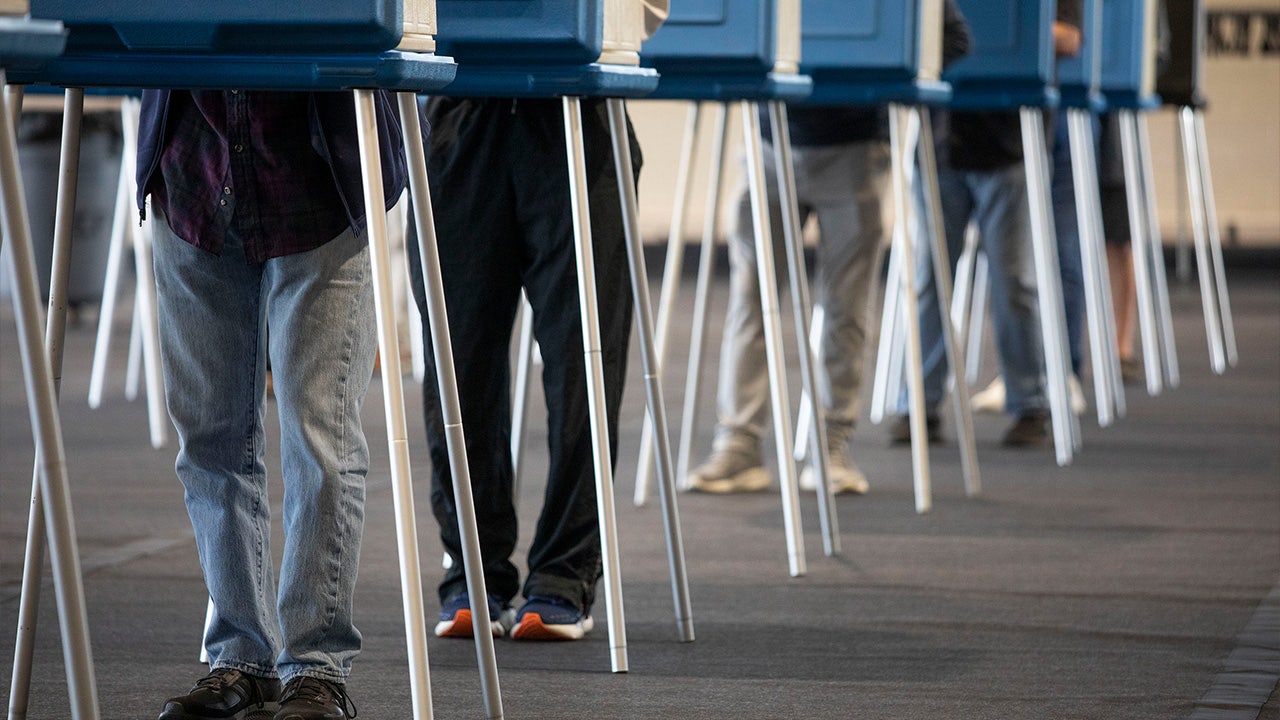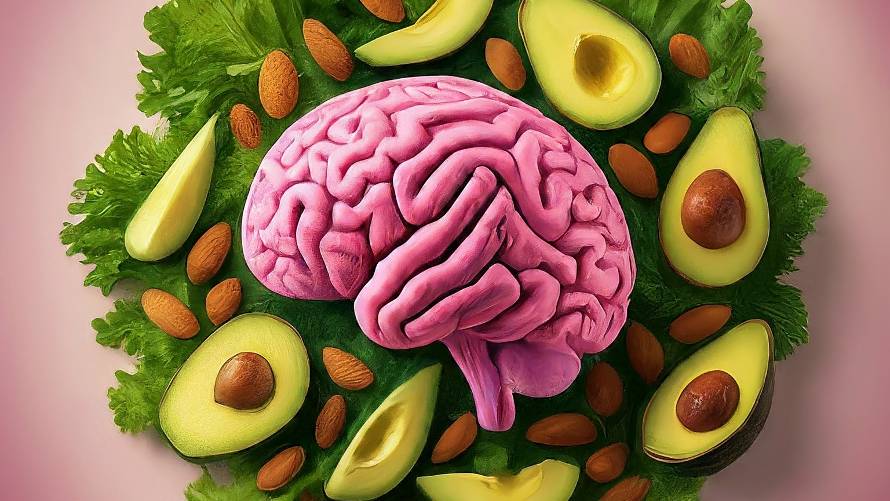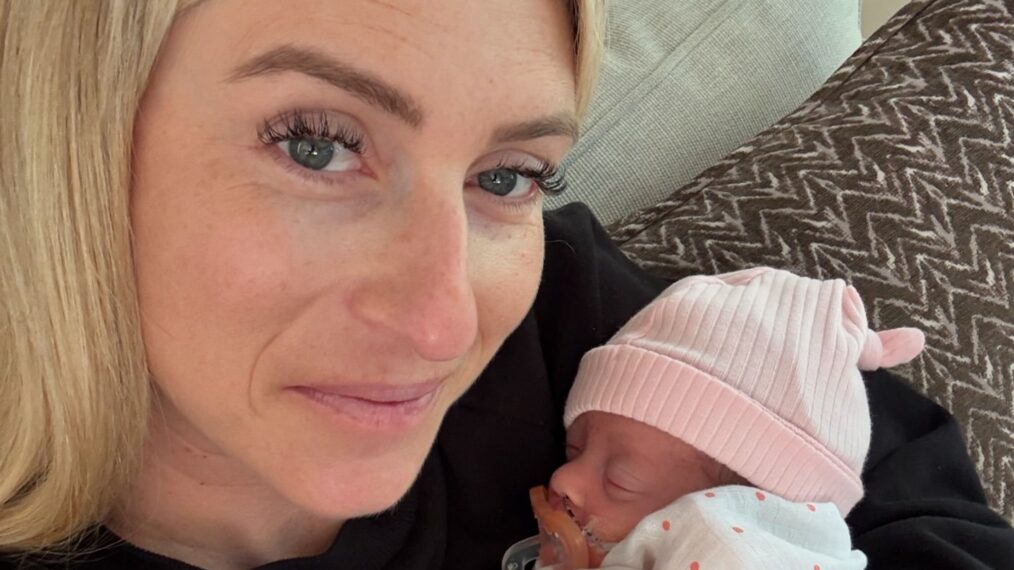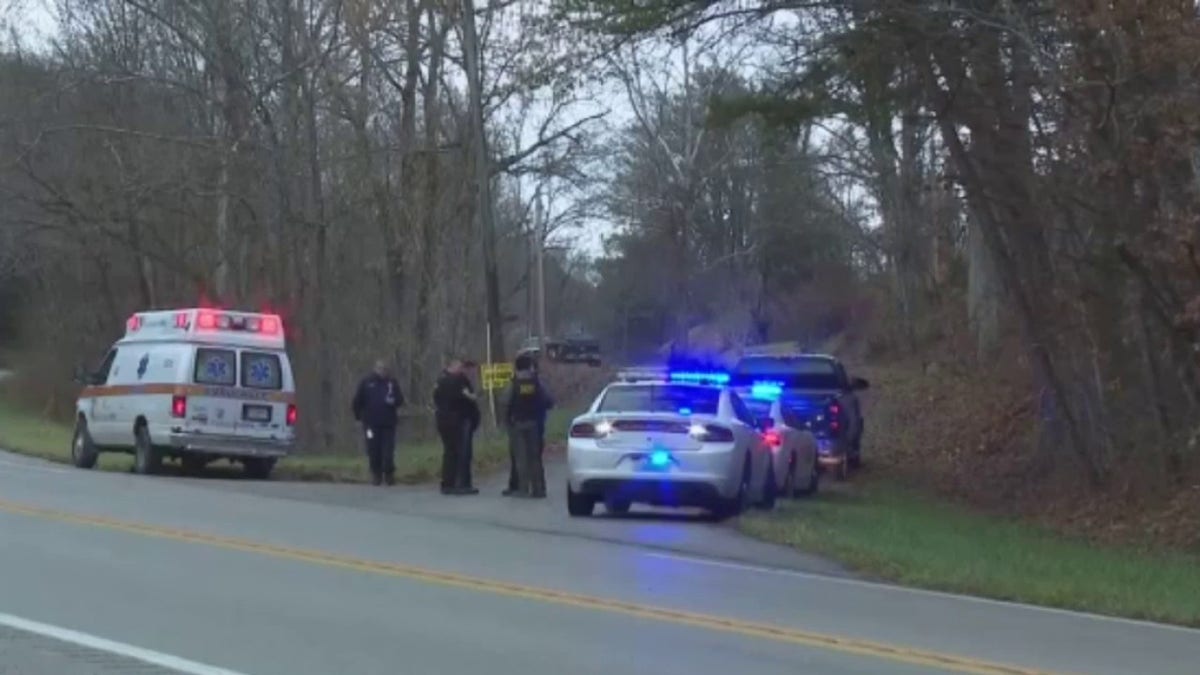Activists demonstrating in front of the US Supreme Court on 3 May Win McNamee/Getty Images
THE US Supreme Court ruled on 24 June to repeal Roe v Wade, the 1973 ruling that protects the right to an abortion in the country. It will now be left to each state to decide whether abortion is legal for its residents.
According to the Guttmacher Institute, a reproductive rights research group, 13 states have so-called trigger laws ready that will effectively ban all abortions now that the ruling is overturned. Another nine states have restrictive abortion laws enacted before 1973 that will go back into effect. Four more states are expected to pass anti-abortion legislation as soon as federal protections are lifted.
Six in 10 US women aged 13 to 44 live in one of these 26 states, which are primarily in the South and the Midwest (see “The legal landscape”). Restrictions in these states will range from abortion bans after six weeks of pregnancy (only two weeks after a first missed period) to recognising “fetal personhood”, which declares that life begins at fertilisation and bans all abortions. Some states will allow exceptions in cases of rape, incest or when the pregnant person’s life is at risk; others will not.
Several studies have found that abortion rates aren’t lower in countries with more restrictive laws, but deaths due to abortion are as much as 34 times higher. These findings have been used to suggest that such restrictive laws don’t reduce the total number of abortions, they simply reduce the number of safe abortions.
Antonia Biggs at the University of California, San Francisco, says in the US in 2022, that isn’t precisely true. She helped run the Turnaway study, the most comprehensive investigation to date of what happens to people denied an abortion. Biggs and her colleagues interviewed nearly 1000 women across the US, following up with them for five years. They found that, of those who were initially denied an abortion, only about 20 per cent later obtained one.
US senators discuss the leaked draft decision to overturn Roe v Wade Kent Nishimura / Los Angeles Times via Getty Images
“I don’t think I agree with this statement that abortions won’t go down. We know that they will,” says Biggs. Data from Texas, which passed a six-week abortion ban in 2021, supports this. Researchers at the University of Texas at Austin found that the state’s abortion rate was cut in half in September 2021 , the month the law was implemented, compared with the same month the previous year.
However, thousands of Texans denied an abortion have travelled to a neighbouring state to obtain care in the months since the law was passed. Clinics in Oklahoma, for example, have seen a surge in demand: before the Texas ban, the wait was two or three days for an appointment; after the ban, that went up to four weeks.
“As states drastically limit abortion access – they either ban it entirely or they have earlier gestational bans – you will see this disruption in access from coast to coast because there just are not enough clinics and providers to meet the need,” says Elizabeth Nash at the Guttmacher Institute.
Travelling hundreds or even thousands of kilometres also isn’t feasible for many people, particularly those who have a lower income, need childcare or can’t take time off work. In the US, 1 in 4 women will have an abortion, and the majority of them fall into these categories with 75 per cent being on low incomes and 59 per cent having had at least one prior birth. In fact, the number one reason people seek an abortion is due to financial concerns. So, many experts are concerned that already underserved communities will bear the brunt of a change in US abortion protections.
“We are definitely going to have individuals, families, communities who are going to be further impoverished, who are going to be further marginalised from the healthcare systems”, says Brandi Shah, a fellow with Physicians for Reproductive Health, a US advocacy organisation.
Will unsafe abortions rise?
People who are no longer able to get an abortion at a clinic might try to manage it on their own. When performed properly, abortion is as safe as common dental procedures. The most recent figures from the Centers for Disease Control and Prevention show that in the US, there are 0.41 deaths per 100,000 legal abortions.
However, when abortions are performed in unsanitary conditions or by untrained providers, they can be deadly. According to a study from 2009, 68,000 women die worldwide from unsafe abortions every year, primarily from haemorrhage and infection. Another 5 million have long-term health implications.
Sarah Prager at the University of Washington says the medications misoprostol and mifepristone mean that self-managed abortions are much safer than they used to be. “Pre-Roe, pre-misoprostol, there were clear correlations between legal abortion and safe abortion, and illegal abortion and unsafe abortion,” she says. “Those have been decoupled a little bit because mifepristone and misoprostol are so safe.”
The US Food and Drug Administration (FDA) approved mifepristone for abortion in 2000. It is now typically combined with misoprostol to end pregnancies in the first trimester. Mifepristone used to only be attainable from a doctor’s office, but during the covid-19 pandemic, the FDA made it available via the post and with a telehealth appointment. That was made permanent in December.
However, many states expected to ban abortion would also restrict these medications, and if a person was caught using them, they could be charged with murder. That happened in April in the case of a woman in Texas, though the charges were later dropped.
Even if self-managed abortion is dramatically safer than it used to be, and these medications continue to be used, experts still expect deaths during pregnancy and childbirth to increase if Roe v Wade is overturned. That is because pregnancy can be deadly. The US has the highest maternal mortality rate among high-income nations at 23.8 deaths per 100,000 live births. For Black women, that skyrockets to 55.3 deaths per 100,000 live births – about three times greater than that of white women.
Forcing more people to carry to term will result in a greater number of deaths from pregnancy and childbirth. A study published last year estimated that if abortion were completely banned in the US – meaning it wasn’t possible to obtain an abortion in another state or via self-management – the country’s maternal mortality rate would increase by 21 per cent. Black people again would be disproportionately affected, with an increase of 33 per cent.

One reason for this disparity is that Black women are over-represented among those seeking abortion, obtaining 28 per cent of abortions in the US while making up 14 per cent of women in the US. The other reason is rooted in systemic racism, says Shah. “Disparities are downstream effects of what we see from a commonly rooted sense of accepted inequity,” she says.
Most deaths occur during or shortly after labour, but about 30 per cent occur earlier in pregnancy. In many of these cases, an abortion would save the person’s life, but some states would deny people care even then – similar to high-profile cases in Poland and Ireland over the past decade in which people died after being denied an abortion.
Even if an exception is made when the pregnant person’s life is at stake, at what point is a condition deemed deadly? “The entire premise is that we have to let people get really, really sick or near death before it is acceptable to intervene, which, of course, is the exact opposite of what we want to do in pregnancy or in health in general,” says Prager.
There are also concerns that other reproductive health services could be restricted. A bill being considered in Louisiana declares life begins at fertilisation. It is unclear how the law would be enforced, but it is conceivable that the definition could apply to embryos created during IVF. As a result, someone could be charged with a crime for destroying excess or abnormal embryos.
Some Republican law-makers, have also declared some forms of birth control, such as intrauterine devices and the morning after pill, to be abortion-inducing substances, even though they aren’t. These primarily work by stopping ovulation or fertilisation, but they may also prevent implantation of an embryo in the lining of the uterus, which would be deemed homicide under the proposed Louisiana law.
The Turnaway study shows that people denied abortion are more likely to have poor physical and mental health, live in poverty and stay with an abusive partner. What’s more, some studies have shown that children born from an unwanted pregnancy and a family’s other children are less likely to bond with the mother and achieve developmental milestones.
More Insight online Your guide to a rapidly changing world newscientist.com/insight
More on these topics:

